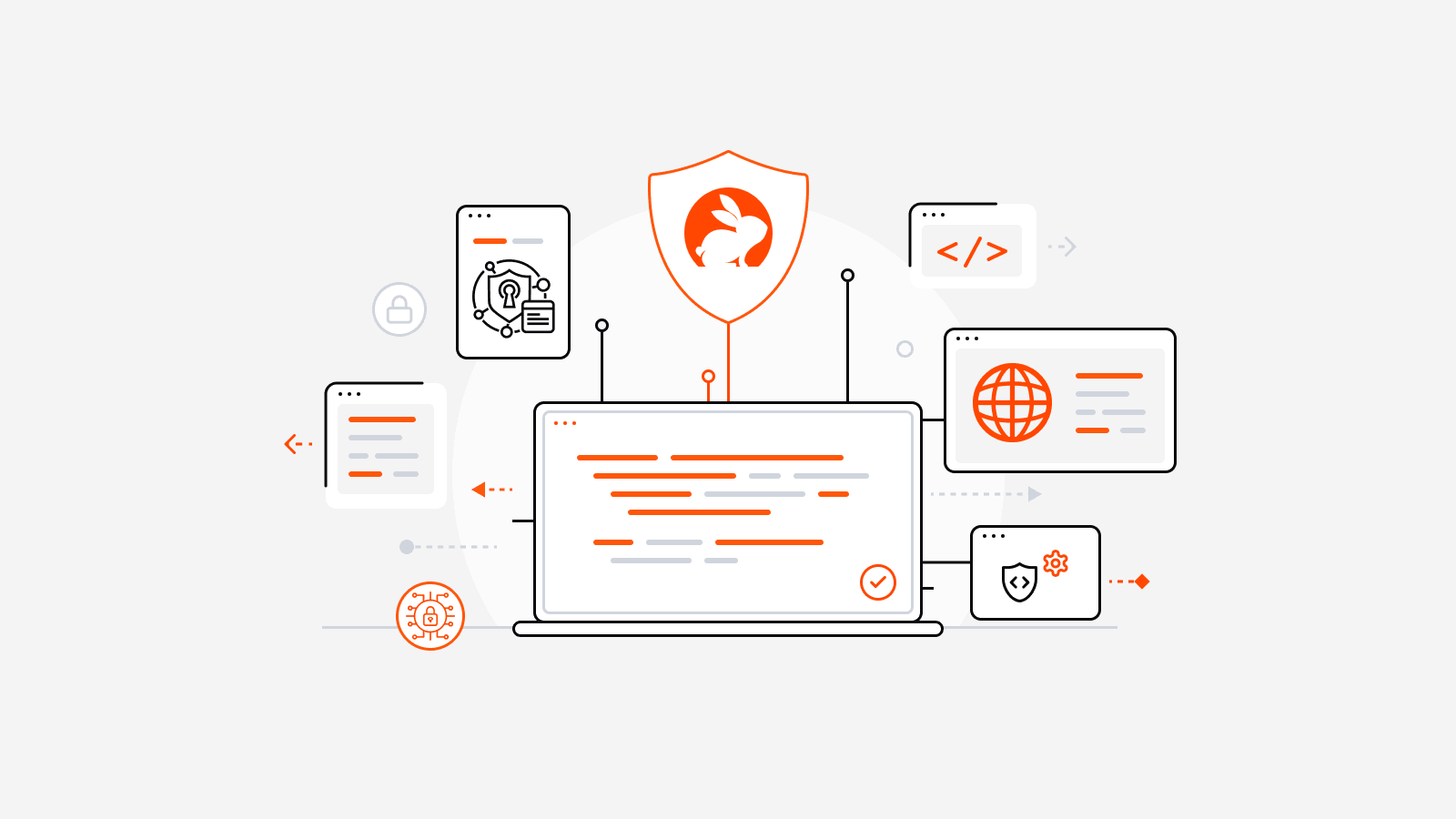
The Benefits of Context-Aware Code Reviews
by 

Aravind Putrevu
Product
English
April 22, 2024
7 min read
April 22, 2024
7 min read

Cut code review time & bugs by 50%
Most installed AI app on GitHub and GitLab
Free 14-day trial

Aravind Putrevu
April 22, 2024
7 min read
April 22, 2024
7 min read

Cut code review time & bugs by 50%
Most installed AI app on GitHub and GitLab
Free 14-day trial